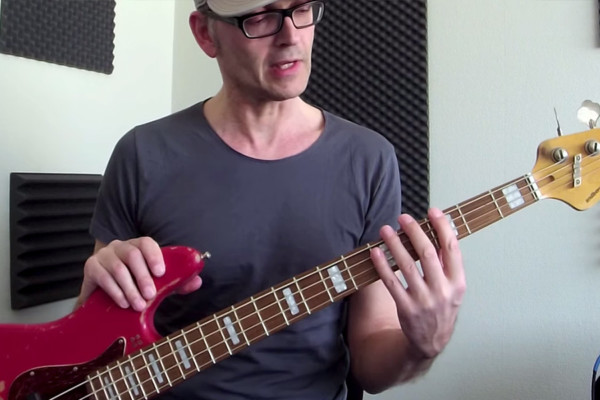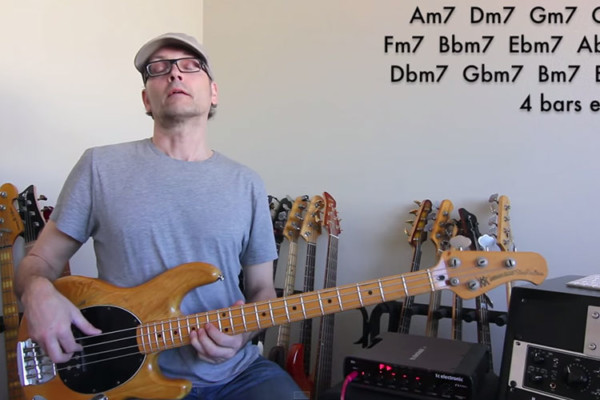Radio Airplay: A Beginner’s Guide

Who doesn’t want to be on the radio? If you’ve gotten a solid response from live shows and have a strong local or niche following, radio airplay may be the next big milestone toward meeting your music business goals. These are a few things to consider when you’re trying to get into a radio rotation, but the biggest factors are determination and preparation. Obviously different things work for different people, but with some general guidelines you will be able to focus your efforts and hopefully achieve the desired results. I can proudly claim to have had one song in a college radio station rotation during my music career so far. Granted, in my later musical ambitions I have not been focused on getting radio airplay, but that one experience (and a lot of research) taught me a lot in how to approach a radio station when you’re trying to get your music to the masses.
The first step is to be brutally honest with yourself about your bands eligibility for radio play. Do you play songs that people would want to hear on the radio? The best way to answer this question is with another: Do you have a strong local following? Indicators of a strong following:
- You get asked back to venues for gigs
- Your MySpace page has 10,000 or more hits
- People sing along or dance at your shows (if that’s the type of music you play)
- Your band is the headliner at shows
These things are not requirements for radio play eligibility, but you should strongly consider what you’re up against. The more potential fans you can bring to a radio station the greater your chances of getting airplay. Once of the best things to do before attempting to get on the radio is to have a local or regional presence, especially if you can get mentioned in local reviews (newspapers, college magazines, websites etc).
Secondly, you need to identify the type of radio you’re going for: commercial or non-commercial. Unless you have a strong local following in a few areas and a distribution deal of some kind to get your music into local stores (or a killer web presence where your music can be bought) you should shoot for non-commercial. Non-commercial radio, such as college stations, are more accepting of new music and more importantly have listeners expecting to hear new music. The catch is that if you are trying to sell CDs college radio may not be big enough to meet your goals. Since college radio is a great place to start the rest of this article will be based around getting non-commercial airplay.
Before you start sending your CD out to every local radio station available do some research and show the radio staff that you are a professional. Check out their playlists, find out which DJ’s feature new music, when your genre is played and look for artists you would compare yourself to. Once you’re confident you have a good match send a polite email to the music director and the host of the show you think you could make giving a heads up that you’ll be sending in your music (be sure to detail why you would be a good fit, links to your website and the statistics from your live performances). Make sure you address the music director and host by name. You may or may not get a response to your email. In the best case scenario they will give you the go ahead, if you do not hear anything back from them you can still send in your CD, many music directors are flooded with emails and cannot respond to every request. This is a gesture that can make you stand out when your CD arrives but does not guarantee anything.
If you get the all-clear (or you decide to bite the bullet anyways) you need to have a complete band package to send into the radio station. Be sure to have your CD professionally mastered and packaged. Remember that your CD is the only image the radio station will have of your band, you want to stand out as professional and show you are serious about your art. Therefore it should sound professional (no pops, hisses etc), look professional (jewel case, album art if possible), and include a one-sheet.
The radio one-sheet is basically your bands resume. It details why you are sending your CD and why it should be listened to. A one-sheet should only be one page and include the essential information (try to avoid needless clutter). John Richards, “The Morning Show” Host on 90.3 FM in Seattle has detailed the following necessary components to a one-sheet:
- A song list
- A list of any songs the FCC wouldn’t like, such as those with obscene language.
- “Go To” tracks (3-5 of your strongest)
- A few press quotes if you have them. Don’t try to be funny; assume that music directors don’t have a sense of humor.
- A comparison to other bands but make sure they apply (not everyone sounds like Radiohead). You could also include the “genre” of your music.
- Avoid too much clutter; get to the point and let the music speak to that point.
The one-sheet should be folded up inside the CD case. This also ensures that you remove the shrink -wrap, you do not want the DJ or music director to have to work to hear your album. The same rules apply from the first email you sent in: the music director may be too busy to contact you, contact them! Make sure you are professional and do not spam the DJ or radio station on MySpace or with constant emails. Email once a week asking about the album until you get a response, then reply thanking them for their time.
You should wait two weeks before you follow up with a phone call. Frequently music directors will have a few hours on certain weekdays where they can take calls. Check the stations website for posted times, or call in and find out. Once you get through to the music director make sure you are concise and polite. Ask if the station received the CD and if she got the chance to review it. If she has (fantastic!) follow up and ask if she is planning to add it to the rotation and where it will be added. Make sure you are accessible, asking if there is anything else the station needs or if there is other information you can provide will help your professional appearance.
Remember that your ultimate goal is for the music director and DJ to be your biggest fan. Send in additional promotional material if you think it is appropriate. If your music is getting airtime send in other CDs or tickets to use as giveaways and offer to do interviews. A normal new-release will be in rotation for 6 to 8 weeks, make sure you follow up during this period to see how the songs are being received and again if there is anything additional you can do for the station.
In the event that you do not hear anything from the station, or cannot get through, do not become bitter or annoying to the radio station! This may end up hurting your chances for future submissions. The best action is to check your ego and work on your live shows and Internet presence. You can also explore other avenues with your current work, such as Internet radio or popular music blogs, and once you have new material (or an appropriate amount of time has passed) you can resubmit to the radio station. Make sure you keep careful records of who you’ve talked to and when you’ve submitted work. You have to stay on top of the networking side of the music business to be successful!
If you decide you are interested in national promotion, be prepared to make an investment. There are quite a few radio promotion companies that specialize in helping musicians get airplay and service a wide range of radio stations for a fee in the range of $500 to $1000 or more per month. A few examples include:
- Planetary Group
- Spectre
- Revolver
- AAM
- Fanatic
- Team Clermont
- Nice Promotions
- Pirate! Promotion and Management
Last but not least make sure all of your legal bases are covered. Understand who owns the trademark name of the band (if it isn’t trademarked, consider getting it). Make sure the song is copyright protected and that you control it. The last thing you want is legal hassle after you make it big, so be sure that all the potential pitfalls are covered. I can highly recommend Music Is Your Business by Chrisopher Knab and Bartley F. Day as a resource for navigating the music business world. I hope to hear you on-air soon!




[…] http://www.notreble.com/buzz/2009/09/08/radio-airplay-a-beginners-guide/ […]